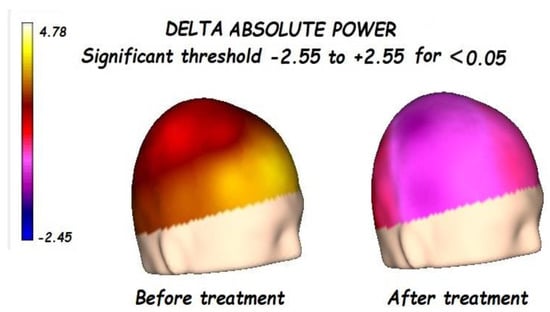New Advances in Autism
A topical collection in Brain Sciences (ISSN 2076-3425). This collection belongs to the section "Developmental Neuroscience".
Viewed by 8778Editor
Interests: autism; neurodevelopmental disorders; psychology; psychoterapy; neurosciences; precision medicine
Special Issues, Collections and Topics in MDPI journals
Topical Collection Information
Dear Colleagues,
In recent years, diagnoses of autism spectrum disorders (ASD) have significantly increased. According to the DSM-V, ASD is a heterogeneous set of neurodevelopmental disorders characterised by limitations in social communication and interaction as well as the presence of restricted interests and repetitive behaviours.
This Topical Collection of Brain Sciences aims to present a collection of studies detailing the most recent advancements in the field of autism research. Authors are invited to submit cutting-edge research and reviews that address a broad range of topics related to ASD including the following: epidemiology, motor development, screening, early diagnosis, evidence-based interventions, comorbidities, new technologies (e.g., eye-tracking, EEG, ECG, MR, wearable sensors, VR, robotic research), adaptive behaviours, sensory profiles, language, cognitive priors, biomarkers, autism and health, and transition to adult age. In particular, we aim to present advances in autism research that may have a significant translational effect to the field of clinical services.
Dr. Antonio Narzisi
Collection Editor
Manuscript Submission Information
Manuscripts should be submitted online at www.mdpi.com by registering and logging in to this website. Once you are registered, click here to go to the submission form. Manuscripts can be submitted until the deadline. All submissions that pass pre-check are peer-reviewed. Accepted papers will be published continuously in the journal (as soon as accepted) and will be listed together on the collection website. Research articles, review articles as well as short communications are invited. For planned papers, a title and short abstract (about 100 words) can be sent to the Editorial Office for announcement on this website.
Submitted manuscripts should not have been published previously, nor be under consideration for publication elsewhere (except conference proceedings papers). All manuscripts are thoroughly refereed through a single-blind peer-review process. A guide for authors and other relevant information for submission of manuscripts is available on the Instructions for Authors page. Brain Sciences is an international peer-reviewed open access monthly journal published by MDPI.
Please visit the Instructions for Authors page before submitting a manuscript. The Article Processing Charge (APC) for publication in this open access journal is 2200 CHF (Swiss Francs). Submitted papers should be well formatted and use good English. Authors may use MDPI's English editing service prior to publication or during author revisions.
Keywords
- epidemiology
- screening
- diagnosis
- intervention
- technologies









